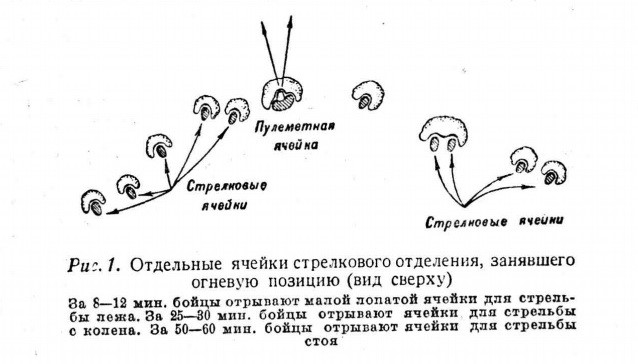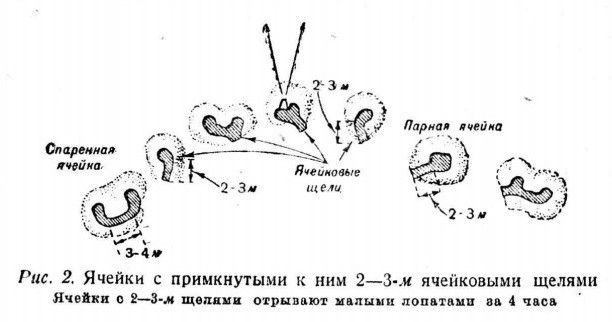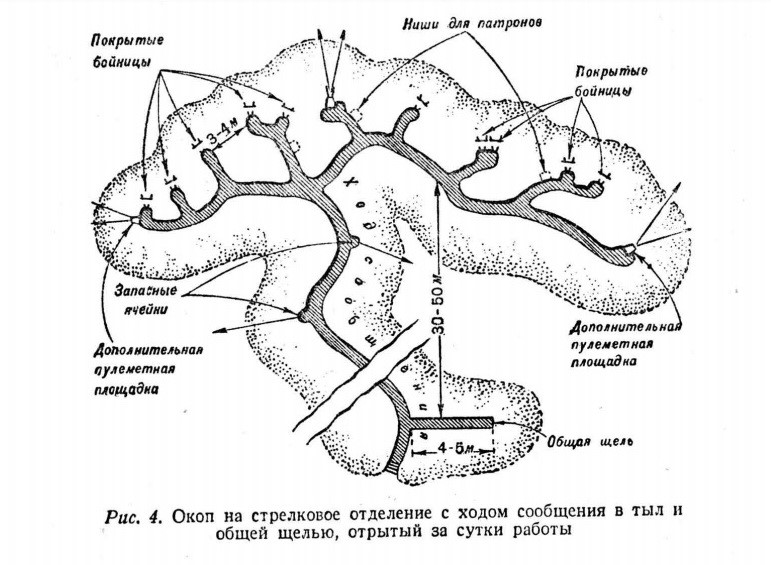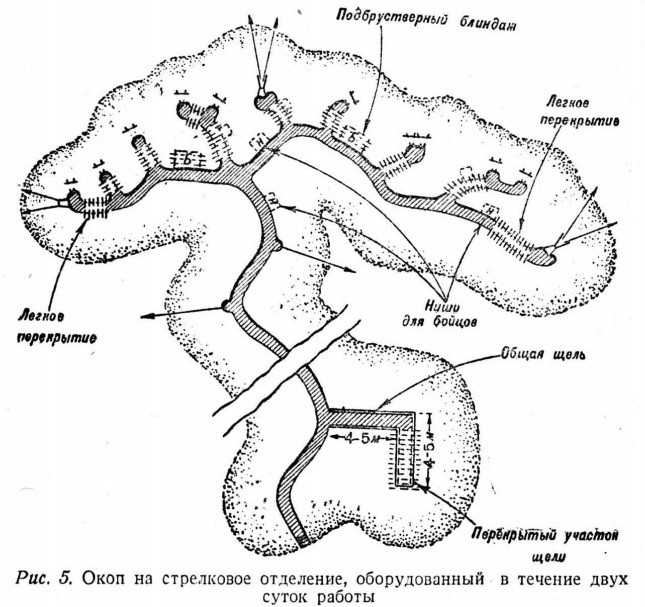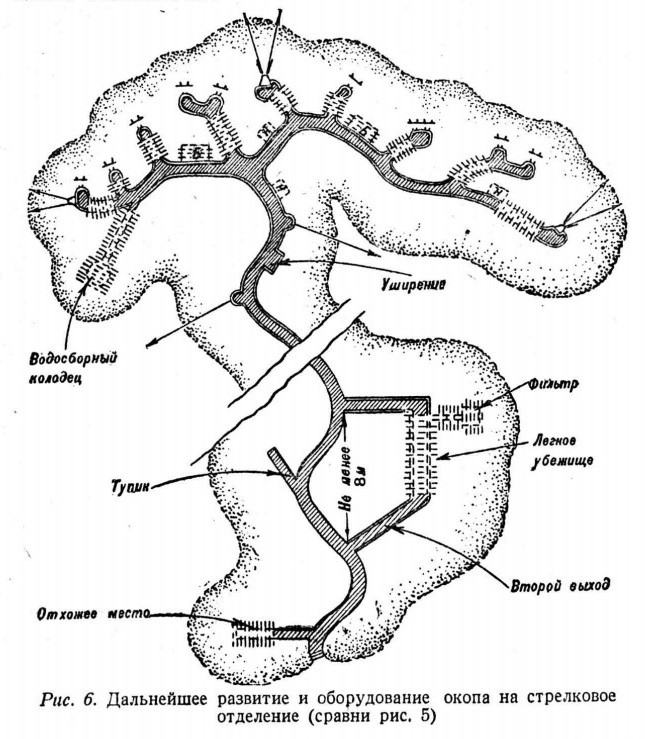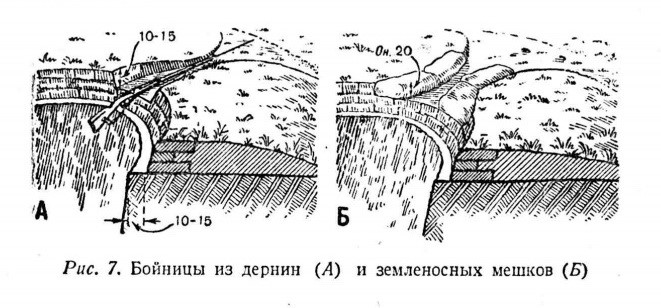By Max Schmidt
Most of this article is a translation of the 1939 Trench System document. Covering the core concepts the Red Army wanted entrenched positions to be setup. This wasn’t always “executed to a T” for various reasons as you will discover in this article. Apologies for any readability issues, my skills at translating original documents is novice at best.
“The main purpose of trenches is to create facilities for combat and protect soldiers from bullets, shrapnel, and tanks. But, besides this, the trenches should give the soldiers protection from the bad weather of rain and cold and from the sun, otherwise, a long stay in them lowers their combat effectiveness. Drainage is arranged in the trenches, earthen walls are dressed with boards or poles, niches, dugouts, etc. are equipped.”
“The separation of cells and their development into trenches, the equipment of these trenches in combat, and technical terms are carried out in battle by the fighters themselves with the help of entrenching tools and improvised means. This work is directly supervised by the junior command staff, the commanders of the squads. There is no need to count on help from military sappers: they will be busy building command posts, strong heavy shelters, complex anti-tank obstacles, etc. Therefore, each fighter must know well in what order and how the work is carried out on extracting and equipping trenches and be able to do all this independently and quickly.” – Major S. Gerbanovsky
